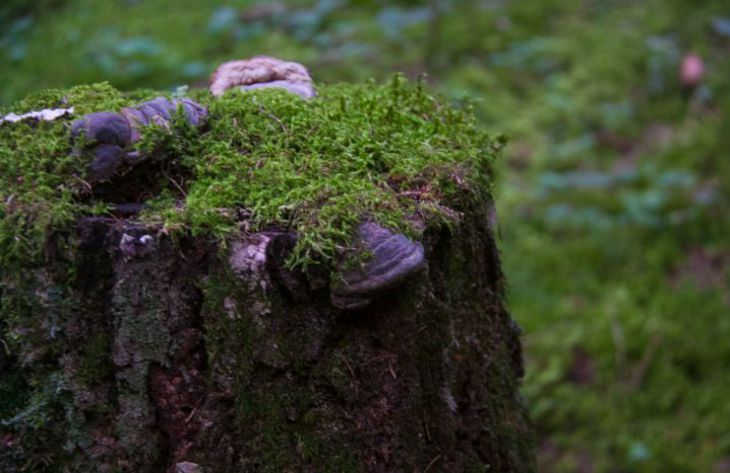Why moss grows on the plot: not all summer residents know
We are generally more accustomed to seeing moss in forests, since it rarely grows in areas.
Although sometimes summer residents specifically use the plant for decorative purposes in order to prevent the appearance of flower beds and make the appearance of the dacha more well-groomed.
However, no one wants moss to take over the area.
Why is the plant dangerous?
The greatest harm is that moss blocks air access to the root system of cultivated crops, notes Anastasia Kovrizhnykh , an expert at the online publication BelNovosti, a landscape designer and agronomist.
If plants do not have enough air, they may die. Moss also increases the acidity level, which has a negative impact on crop yields. Moss retains moisture, which creates a favorable atmosphere for the reproduction of fungi.

Why does moss appear on the site?
Most often, this is encountered by summer residents whose groundwater is too close to the soil surface. Therefore, it is extremely important to think through the issue of effective drainage and partial drying.
It is worth ensuring that watering is adequate - corresponding to the season and crop needs, and also taking into account the weather conditions.
Moss can grow in acidic and poor soils, so don't forget about important fertilizing.
